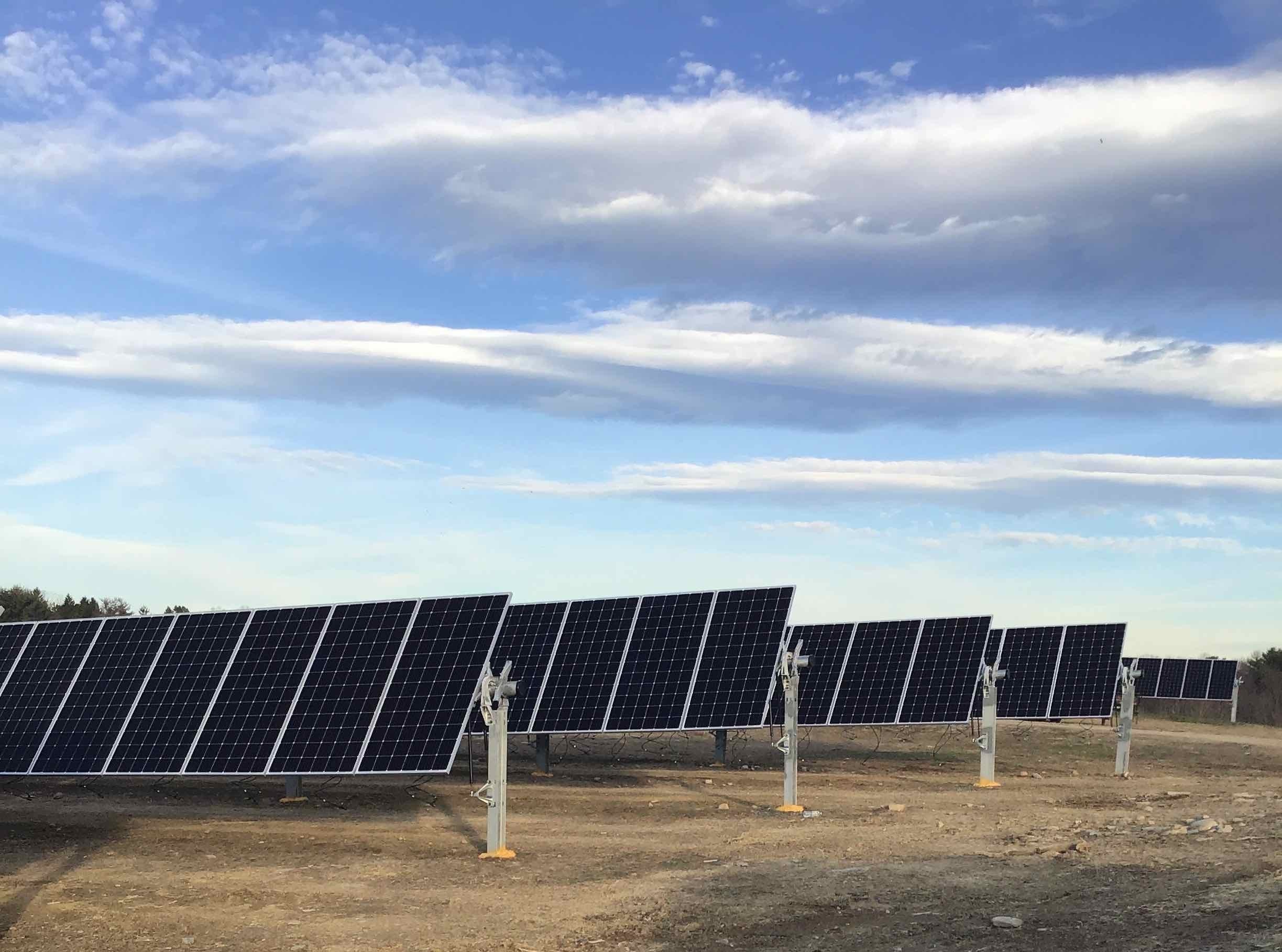
Retail establishments are one of the great frustrations for solar power enthusiasts, because installing rooftop solar panels is simply not an option for many retail businesses. Fortunately, community solar projects offer a solution, and Starbucks has spotted an opportunity to scale up and accelerate the community solar movement.
What is community solar?
The U.S Department of Energy has been promoting community solar as a means of enabling small scale, locally-generated solar power to reach more electricity users.
Rooftop solar arrays have enabled many building owners to participate in the solar trend, but that option is not an available to many retailers and other tenants in leased properties.
In addition, many buildings are unsuitable for rooftop solar arrays due to other considerations such as shading, structural issues or historical restrictions.
Financing is another sticking point. Though new financial arrangements make it easy for property owners to have a rooftop solar array installed with no money up front, many still hesitate to make the commitment.
Community solar projects work around all of these obstacles by providing multiple ratepayers in a defined geographic area with access to off-site solar power. Under the Energy Department’s definition, that can include power purchases as well as a physical solar project.
Scaling up community solar
Starbucks has already assumed an aggressive leadership role in renewable energy adoption, and almost none of it involves rooftop solar arrays on its stores.
By 2015, the company wrangled a 100 percent renewable energy pipeline for 9,000 stores in Canada and the U.S. through power purchase agreements. It is currently working on a similar arrangement to greenhouse gas emissions for its U.S. coffee and beverage production facility.
The community solar field is a relatively new one, and it provides Starbucks with another opportunity to lead on renewable energy.

Last week, Starbucks and the firm Generate announced completion of the initial six projects in a first-of-its-kind, multi-year community solar plan in New York State, which will eventually total up to 23 projects totaling 90 megawatts in capacity.
“The projects are expected to supply solar energy for local Starbucks stores and up to 24,000 households, small businesses, nonprofits, churches, universities and stores in multiple geographies,” the two companies explained.
On its part, Starbucks will be able to offset more than 70 percent of its electricity consumption in New York State, through renewable energy credits garnered by the projects.
Opening the renewable energy door for low income households
In addition to its ambitious scale, the Starbucks-Generate agreement is also significant because it overcomes a key obstacle to widespread solar adoption.
Though the cost of solar power is falling, conventional electricity still costs less in many markets. Ratepayers who want clean energy typically must opt into their utility’s clean energy rate program. That often involves paying a premium, which effectively shuts the door on many low-income households.
Even without the premium, the opt-in requirement is a hurdle for ratepayers at all income levels.
In New York State, though, community solar projects can be discounted from regular rates and offered on an opt-out basis, automatically benefiting all rate payers.
New York also sweetened the pot through its tax structure, which enabled Starbucks to commit $97 million in tax equity to the community solar plan, through an arrangement with the financial services firm Churchill Stateside Group.
Taking sustainability to the next level
The community solar plan illustrates the potential for companies to leverage existing technology, financial tools, and renewables-friendly state policies to scale up and accelerate decarbonization.
Having tucked that under its belt, Starbucks is already looking to the future.
Last month, Starbucks announced that it is stepping up its ongoing relationship with Arizona State University to create a new research and innovation center, called the ASU-Starbucks Center for the Future of People and the Planet. The new facility will enable Starbucks to fast-track new strategies and products into its retail stores and communities across the nation and globally.
The idea is similar to the company’s existing innovation incubator in its Seattle headquarters, but with a distinctive outward-looking focus. The new center will be located at the existing Julie Ann Wrigley Global Futures Laboratory, which counts sustainability, conservation, biodiversity, and food systems among its focus areas.
Through the new center, Starbucks anticipates improving on its Greener Stores energy efficiency and renewable energy initiative, while also developing more plant-based foods and other alternative menu items; the company has also said it will further the training of employees on community engagement.
The company’s nine ASU stores will serve as living test labs for new menu items, recycling and other circular economy goals, as well as additional new technologies.
The nine stores are run by the leading food, facilities, and uniform company Aramark, which has begun to establish a strong sustainability profile of its own. The nine ASU stores represent just a small fraction of the company’s operations on campuses, leading to a potential ripple effect across the U.S.
Through the new community solar program, Starbucks has already demonstrated how retailers can deploy existing technologies and systems for maximum impact. Now, with the new level of collaboration between ASU and Aramark, Starbucks is providing other companies with an innovation roadmap for future impact.
Image credit: Erik Mclean/Unsplash

Tina writes frequently for TriplePundit and other websites, with a focus on military, government and corporate sustainability, clean tech research and emerging energy technologies. She is a former Deputy Director of Public Affairs of the New York City Department of Environmental Protection, and author of books and articles on recycling and other conservation themes.














